I still have the beautiful Italian made rollers that I saved up for in my 20s, and also a wind trainer (a rear wheel stabilized in a truss). But more regarding equipment later. I live in an area that has on average 4 meters of snowfall each winter and temperatures routinely get down below -18 Celsius. What to do? How to use the rollers or the stationary bike stand you hate?
Use them to prop the door open when you go through it to take a ride in the frigid weather. That’s winter training… stay outside as much as possible.
Hell, the name of this blog is “Icebike” is it not? Riding indoors is BORING, but sometimes you have to – and we’ll get to it in a moment – but for now, let’s talk about training outside in the winter. You have a bike, right? Only one? Do you have a beater bike too? Or a fixed gear / urban bike? Or a transport bike? Or only just your road bike?
Here’s a secret the bike industry doesn’t want you to know – most any bike is fine riding in the winter (we’ll get to tire clearance in a moment; and fenders, fenders!). Do you have special cold weather bike clothing? I hope not, but if so, perhaps some of it will be of use.
How To Use Your Bike For Winter Training
Here’s how to use your road bike or a beater bike for winter training:
Step 1: Remove Clipless Pedals
Remove clipless (clip-in) pedals and install flat bmx pedals (cheap ones). Flat pedals so you can put your foot down FAST without having to clip out / fall over in process.
Step 2: Install Wide Tires
Put wide tires on, 32 – 38 mm – extra bonus if you live in a truly cold climate and can get either studded tires, if you’re always riding on ice / packed snow. Or if roads are kept scraped to the pavement, get various winter tires with winter rubber compound – they make a reasonable difference.
Step 3: Get On Gloves
Do your hands get cold in gloves? or in your special winter bike gloves – wear mittens – you can still shift, even if you have integrated shifters. Cheap wool mittens are fine.
Step 4: Get Clip In Shoes
Feet – what about feet? – you’re no longer limited to your beautiful clip in shoes, since you have flat pedals. Go on, wear something ugly, waterproof, not too heavy! and warm. Put in a sheepskin inner sole – approx. $12 USD – they’ll turn any adequate winter shoe or boot into something warm enough to bike in.
Is your second bike a transport bike, maybe if you’re lucky it’s an internal geared 3 speed? You’re in luck, get out there – it’s a heavy feller, right, but it’s got fenders and upright bars? Go out and mash it – spin in your lowest gear, get sweaty on a snowy day. Turn the lights on. And that’s just to start – now what about the resistance to getting outside? Tell your friends you’re going to do it – cyclists and non-cyclists.
If you work a desk job, take a midday ride on your lunch break. Change into a wool underlayer, and maybe XC ski tights, also wool if you have. And for the love of – I don’t know, whomever – Satan, God, Fred, Dolores, Loki – don’t skip lunch – bring a bacon and egg sandwich and eat it as you exit the building to your – may I say beloved? – bike?
Ride until you’ll be 5 minutes late getting back; then get back on time by sprinting, or be 5 minutes late. OK, you’re perhaps a little sweaty? It’s ok – change back into your work clothes and you’ll be fine.
Snow And Ice Riding Techniques
What about snow? what about ice? what about falling? All these things are valid concerns, but hey, you’re on this Icebike site – there are all kinds of resources here regarding technique.
Here are a few of them:
- Don’t panic.
- Go a little slower, but sprint uphill to maintain conditioning – take it hard where you normally would be a little lax. We all can do a bit more than we think at all times, in every area. Certainly riding a bike – whose main role is to remind you of your inner kid and your self-reliance – is something that you can easily and with kindness to yourself, improve.
- Take the lane – don’t ride too near the shoulder of the road – there is no more shoulder, it’s covered in plowed snow. Be as kind as possible to drivers yelling at you, should you live in a place where that’s an issue. Don’t yell back – smile and wave, like an imbecile, if you have the acting chops. Especially if you’re wearing a reflective vest.
- If you hit an icy patch, see #1 – don’t panic – don’t use your brakes, gently stop pedaling, and LOOK where you want to go. Breathe…and direct the bike there. It’ll go. Practice this a bit, which will likewise help you during the season. It’s a different type of training / conditioning, and it makes you faster in ways not usually thought of when doing off season squats (also – do off season – and in season squats ALL DAY LONG, in little bursts. After 1 year of this – you’ll advance a category).
- Use lights even during the day. And if you wear a helmet over your hat – make sure it’s a neon / dayglo construction color. No helmet? Get a knit hat in those colors.
- Both the helmet and the hat are incredibly ugly right? That’s OK! you’re WEARING it, you can’t see it because it’s on your head. No selfies – leave that for the speed cameras.
- Do you normally ride every day? It’s ok in the winter not to. You will not lose your form all that easily if you maintain a few rides a week, and do other things – XC ski, sprint up your office stairs EVERY DAY, eat less, sleep more, don’t drink to excess. But most important – get outside as much as you can. On the bike.
How To Modify Your Bike For Riding In Winter
No matter what bike you have, you can mod it for riding in the winter. Here is how to mod your road bike or convert a beater for riding in winter.
- It’s a great time to try a fixed gear or single speed.
- Plastic fenders are your friend….sure, groovy metal fenders from Japan are wonderful, but they’re a real hassle to install. For this first round of inter riding, simple is your friend.
- Wide tires – 32mm to 38, depending upon what fits under your brakes and fenders. Can’t fit wide tires and fenders? Get the split fenders made specifically for tight clearances. And then sometime in the summer, get a new frame.
- Lights – always lights, always on. If you live in an area where people don’t bike during the cold season, even if it’s a full on sunny day, people won’t see you, and I quote, “because I didn’t expect to see anyone riding in this weather.” That’s little comfort when you’ve been forced to ditch, or worse, get hit.
- If you’re feeling spendy, get an insulated Thermos or vacuum bottle that fits in your bottle cage. Hot coffee? hot chocolate? hot water, lemon, a clove and a finger of rum? You decide (I’ve already decided since my I have a large finger).
What About Riding With That Stationary Bike Stand?
Alright, enough already – now sometimes you do have to ride indoors. Make it fun, make it a great fast training session, or watch all those action films you missed, indulge your love of Iron Maiden.
Here’s how to survive it:
- Ride with someone else.
- Many options – but they break down to – short sessions? or long? Solo or with others?
- My wife, a sprinter and league soccer player, trains indoors in the winters with me, using a stationary wind trainer. Wind trainers and rollers make a huge amount of noise either together or separately. So when we train together on rollers, we watch movies at high volume. Not recommended: Reservoir Dogs.
- Best place to train? in your garage or barn if you have, or in a fairly open space where you can sweat, and the ambient temperature is on the low side; without outside wind and circulating air, you’ll get hot very quickly.
- Rollers – if you have them, if you can borrow them, one of your older riding friends has his pair from 1987, 1969, or even 1994. Rollers don’t require any special magic, just a little practice.
- Riding them is far more appealing than a stationary bike stand. You have that live feeling. And when you learn to stand and sprint you can almost convince yourself that you’re on a road, perhaps about to find the limits of adhesion and gravity…so maybe be thoughtful when you stand and hammer.
- To aid in your technique for staying on rollers – use a sawhorse on one side, so you can stabilize with a hand. Use a low bench on the other side, so you can put your foot down. And don’t clip in! use flat pedals so you can catch yourself with your feet.
- That also allows you to just walk into the room, and jump on the bike for 10 minutes instead of idly looking out the window, watching TV, or checking your Facebook likes.
- Wind trainers / stationary trainers – same info – except without the small frisson of potential falling. Far less fun than rollers. But if you already have enough excitement in your life, or you have easier access to a stationary trainer – sure use it. All the same applies.
- Schedule short sessions. 10 minutes / 15 minutes / 30 minutes – the minutes will pass like hours. Suffer – do short intervals and Tabata sprints, using a timer.
- Work up to 30 minutes of Tabata sprints. You’ll be a much stronger rider. Amazingly stronger. Don’t suffer your life fading during training- make it short and hard. What are Tabata sprints? If you don’t know, look here
- If you are riding these short and hard sessions – try it 5 times a week – before you even think about it: right when you get home from work, or just before you get into the shower in the morning – slot it into your routine, mindlessly.
- But – don’t overcommit and then quit. Just start with 1 session. Forget you did it, and then do 1 the next day, or 2 days later. Or later that evening.
- Understand that riding indoors is incredibly dull and having someone to share it with halves or depending who it is, perhaps doubles the dullness.
- Once you have done it a few times, write down a schedule for yourself and stick to it. If you’re doing shorter sessions agree (with yourself) that you can skip 3 out of 15 sessions.
- If you’re doing longer sessions – and your partner doesn’t show up – well YOU can still show up – you’re already there. Just go solo, perhaps less than a movie length – try the sprints then.
- If you want to stay on for longer than the short sprinting sessions – watch movies – all the action films you’ve missed…all the superhero films you really want to see – turn up the volume to make it over the noise.
- Music – have your own personal “Spin-cyle” class or whatever it’s called in New York – make a set list, alternate tempos, and stick to it. Very hard to do. Or the Velvet Underground. Or X. Or – Wire. Try some opera for a change. Then Ornette Coleman. Maybe Phillip Glass.
- Keep a set of lighter than your normal use kettle bells next to your trainer. When you get off the bike, do a few squats and swings. Why kettlebells? Quickest way for a strong core – that’s the key to sprinting strength and cycling success. You won’t get it quickly from constant mileage; kettle bells and other quick effective core exercises are the fastest shortcut to strength.
- Also add a few pullups on your doorframe. How many can you do? Most of my riding partners started with a bare minimum ability of 1 – 4….now we’re all at 20+. Not from crossfit, which can break you and suck up riding time too…but from just doing a few guerrilla strengthening move – 100 mile rides come effortlessly now. Top 1% – maybe not.
- No beer afterwards, water, always water in the winter.
- After a few sessions of indoor so-called riding, try to get outside again. In the winter sun.
- Dream about spring. It’s coming.
What If It’s Not Cold Outside?
Hey, if you’re reading this for tips about riding on a trainer or rollers when it’s not freezing, icy, freezing rain or snow outside – just get outside, wear warmer clothing, don’t stress, go for a short ride, and maybe extend it a little.
Dark out? Use lights? Don’t want to go out of the neighborhood? Ride around the block, summon the joy you felt as a kid riding – even a kid riding in the dark – the most joyous feeling – that’s why we train and ride.
FAQs
Can you train on bike rollers?
Yes, it may be hard but you can train on bike rollers.
Do pro cyclists use rollers?
Yes, some pro cyclists use rollers to train.
Are bike rollers difficult?
Yes, bike rollers are difficult.
Do rollers wear out tires?
Rollers don’t wear out tires as compared to trainers.
Conclusion
Either feel guilty about sitting on the couch eating chips, or live up to your boastful boasting – get out there! And when to go? If you work from home or freelance, getting a ride in the winter any time between 11am and 2pm is generally possible – in the sun. Temps average much higher than the measured temperature and as long as you’re riding at a decent pace – you’ll be slower because you’re watching for dangerous conditions – but you’ll remain warm.
Also Read
- How To Do Winter Cycling In Ice And Snow
- Winter Cycling Techniques For Any Kind Of Snow And Ice
- Real Reasons Why You Are Cycling Slower In Winter
- Your Guide To Winter Bike Maintenance
- Pam Blalock’s 5 Best Tips To Winter Cycling
Should you have any questions or require further clarification on the topic, please feel free to connect with our expert author Ivor Morgenstern by leaving a comment below. We value your engagement and are here to assist you.

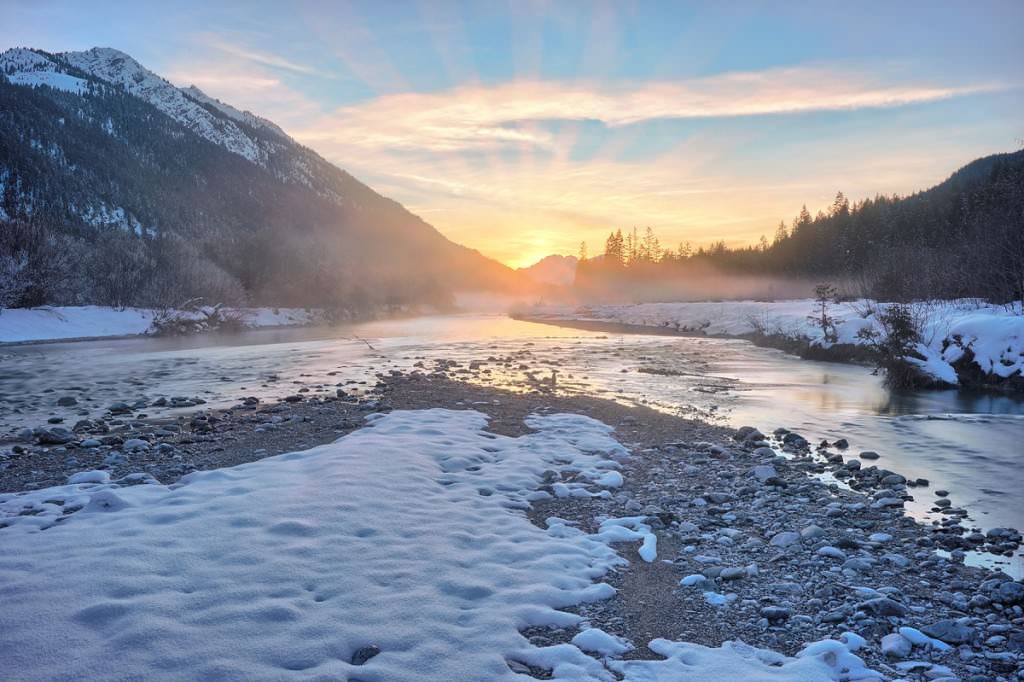
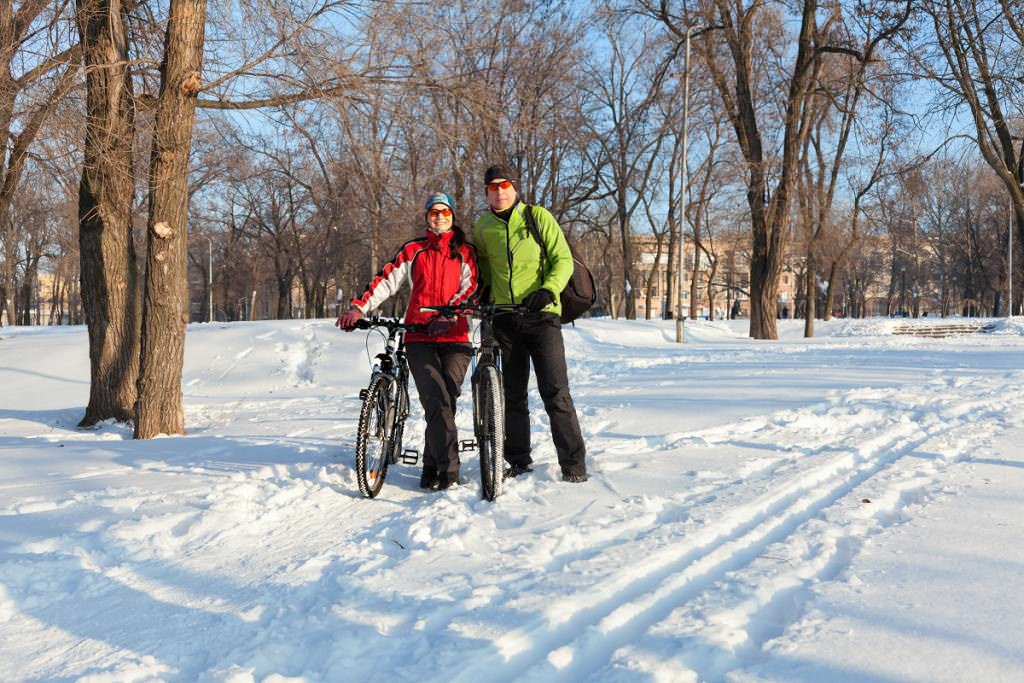
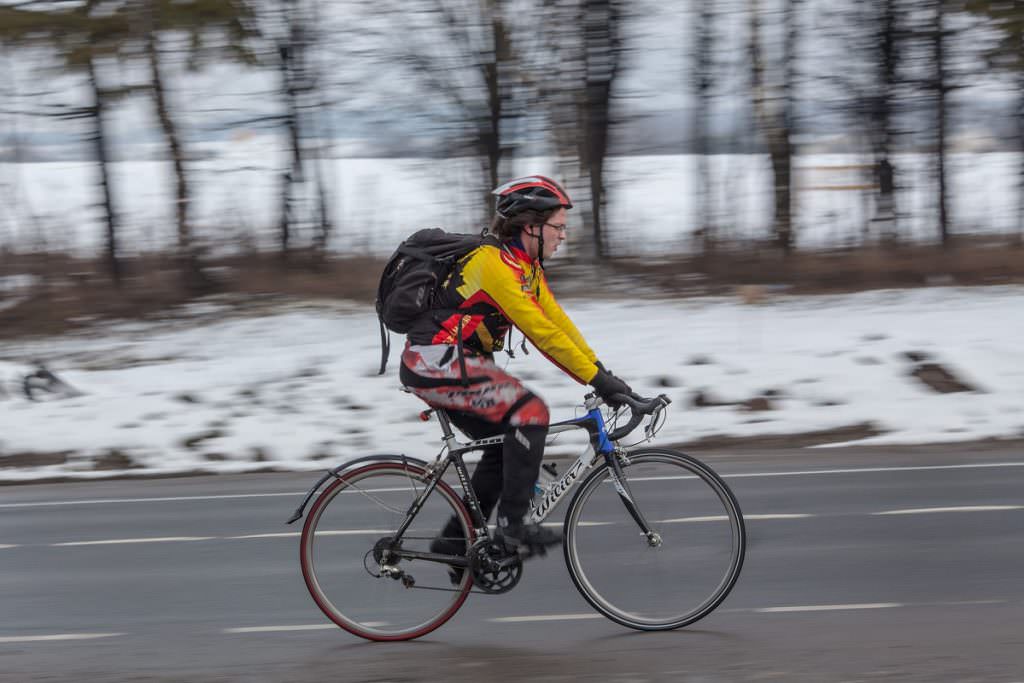
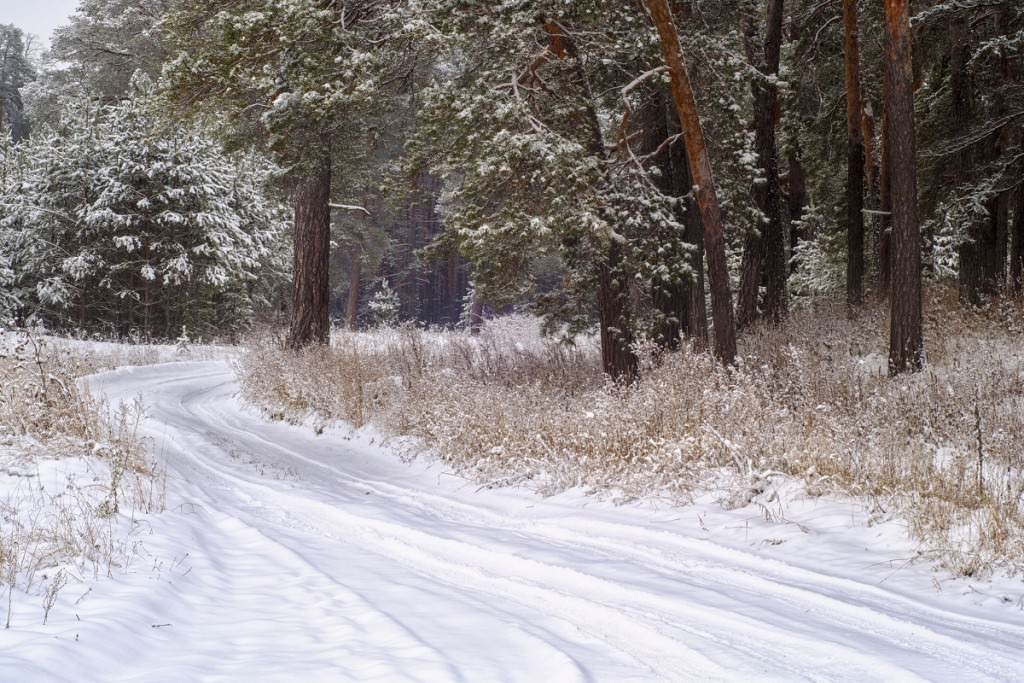
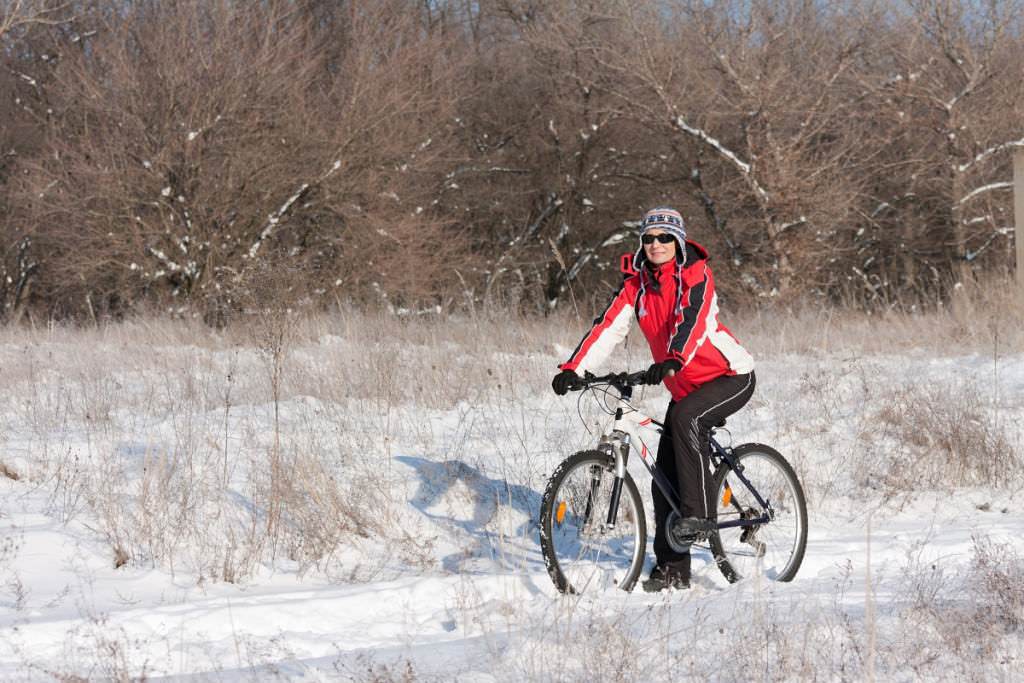
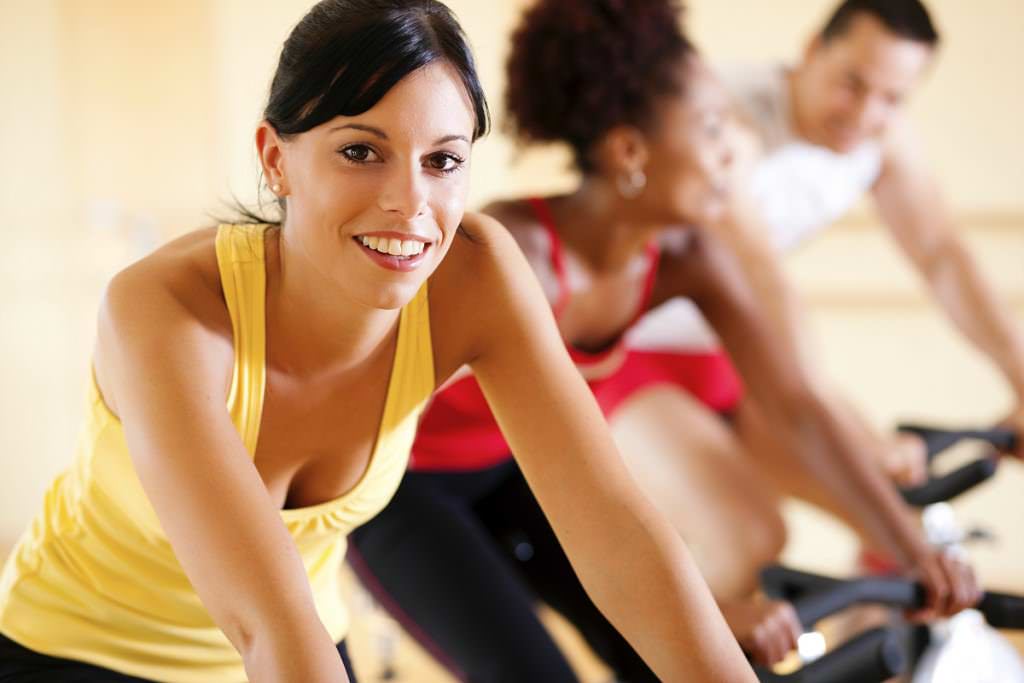
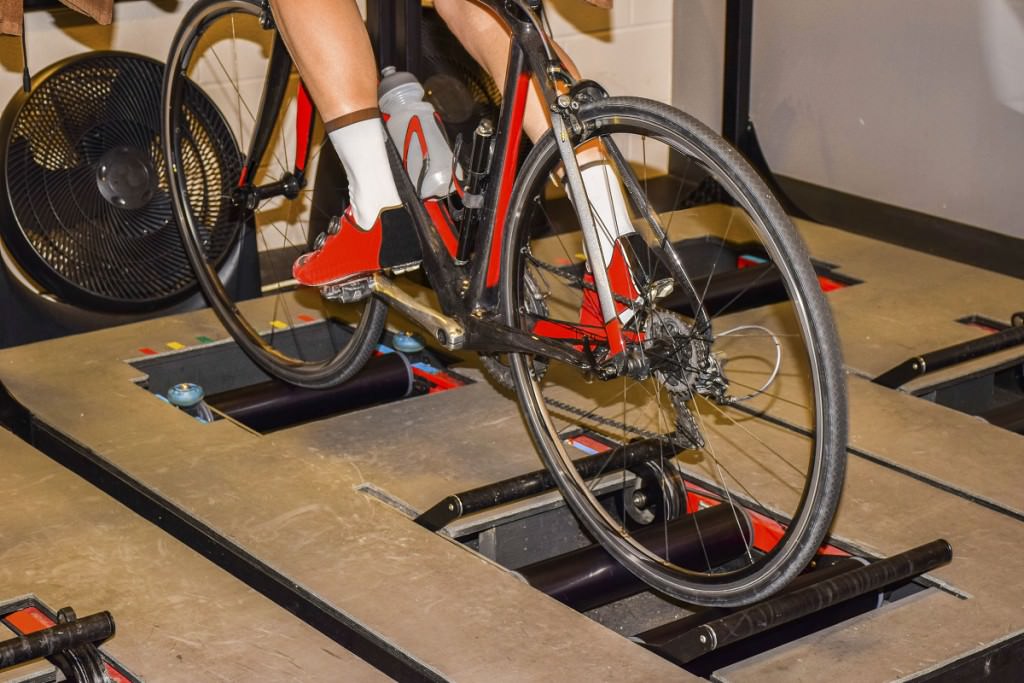

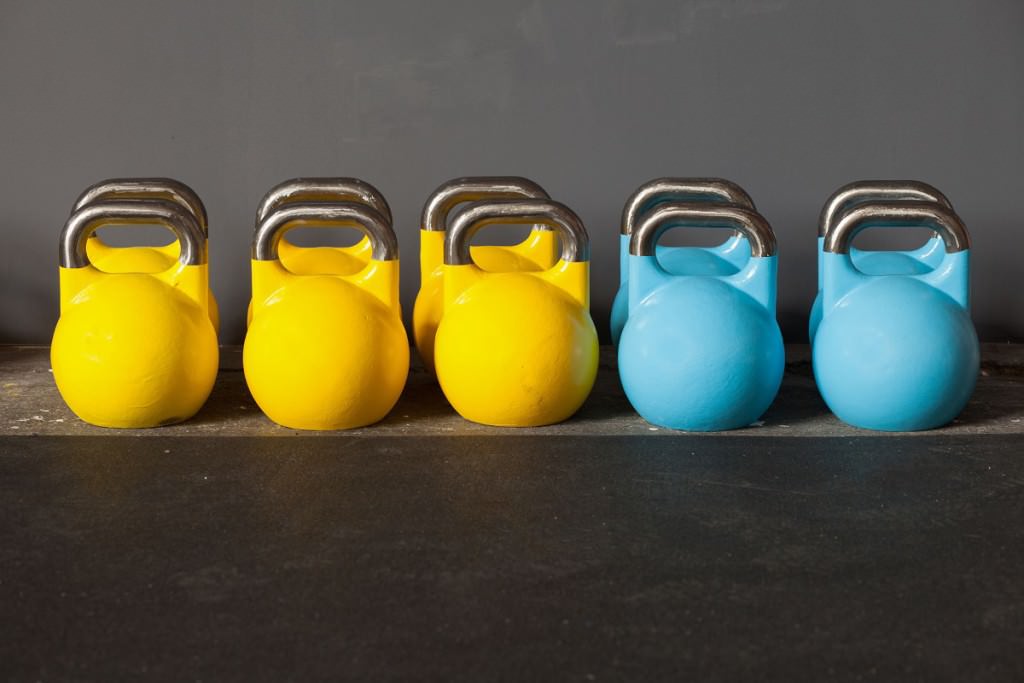
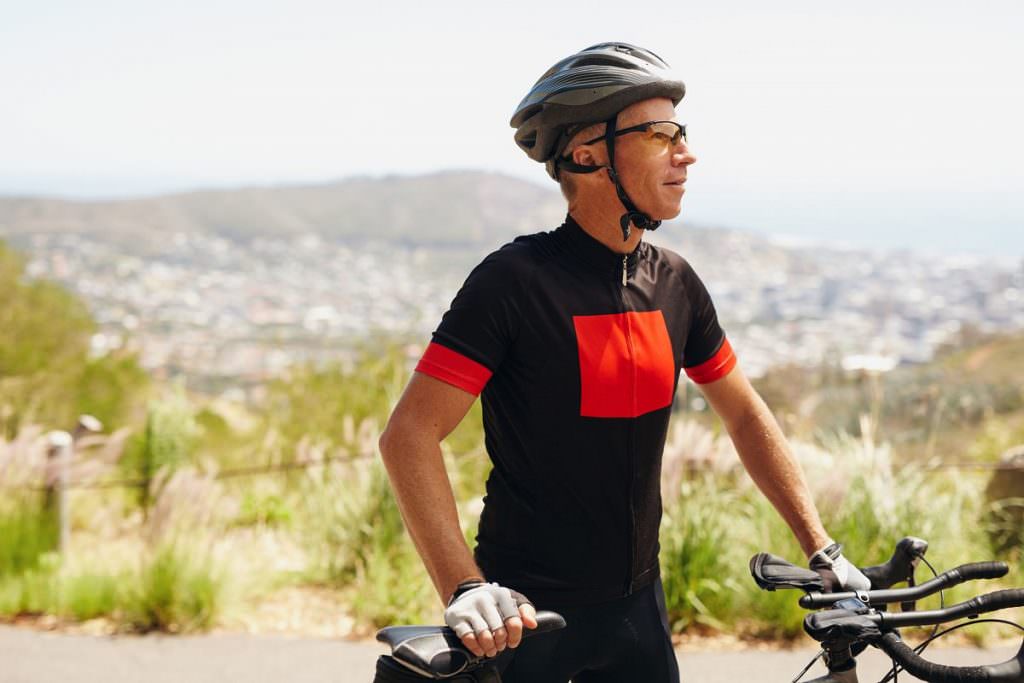
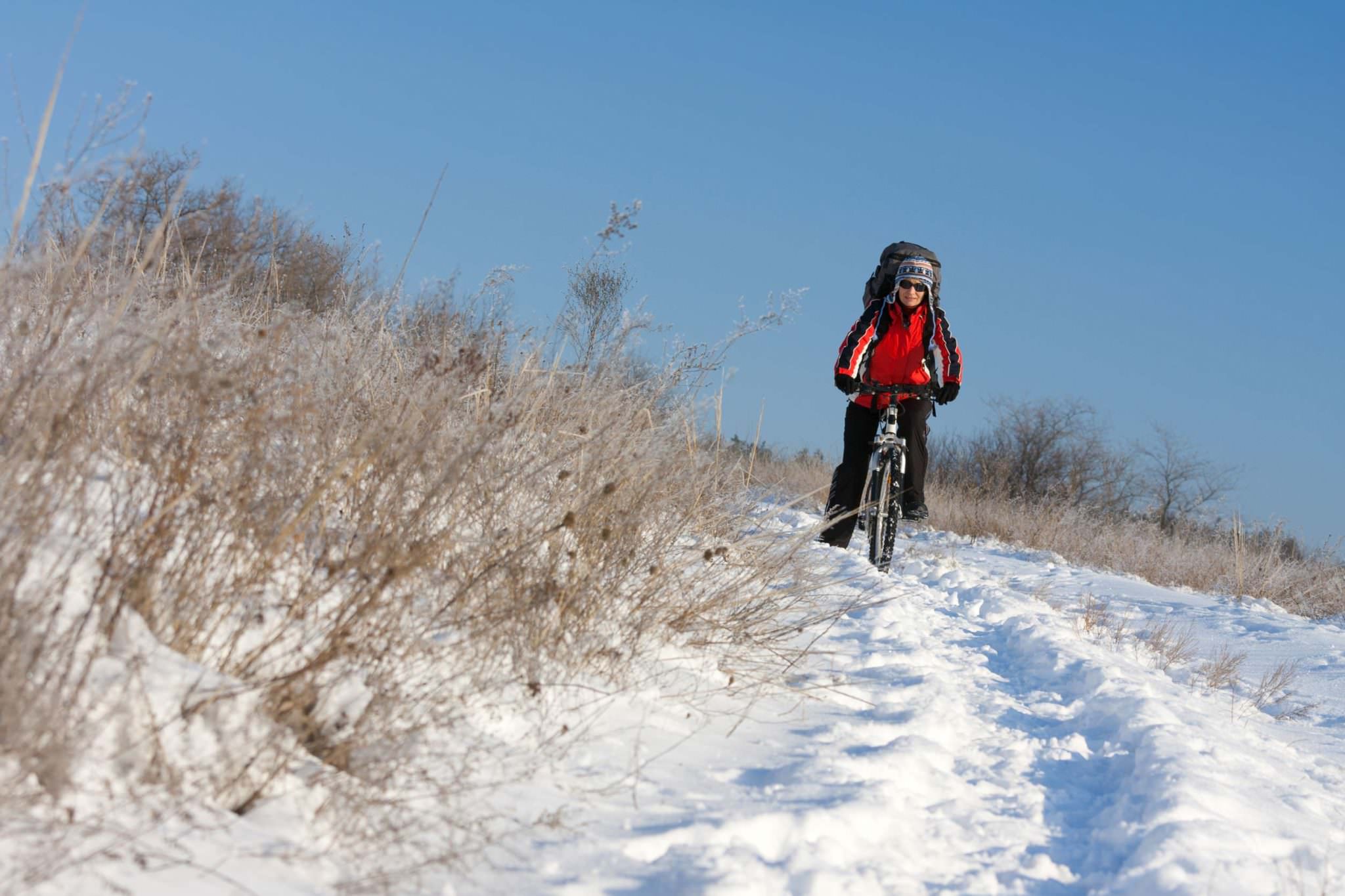
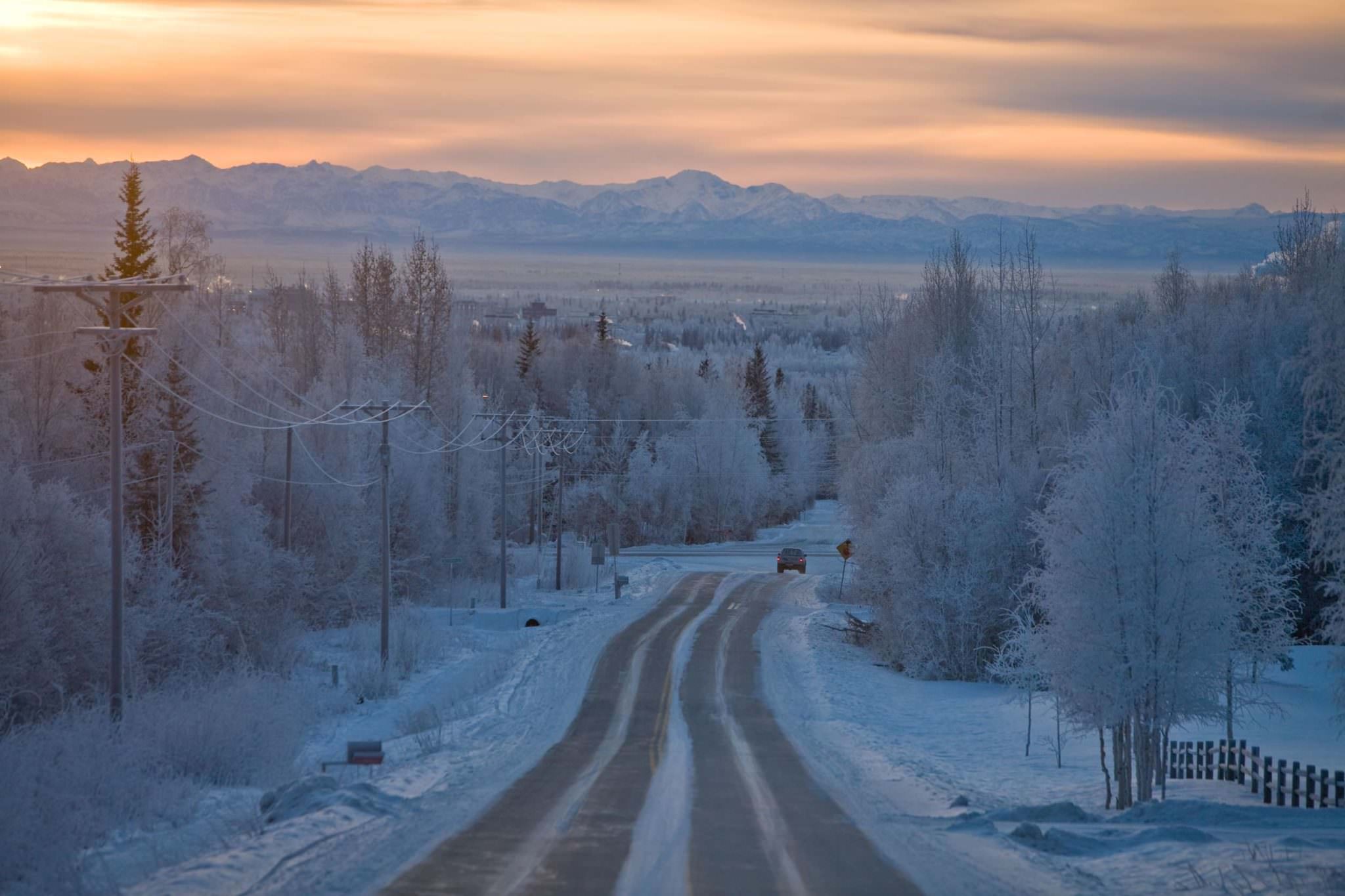
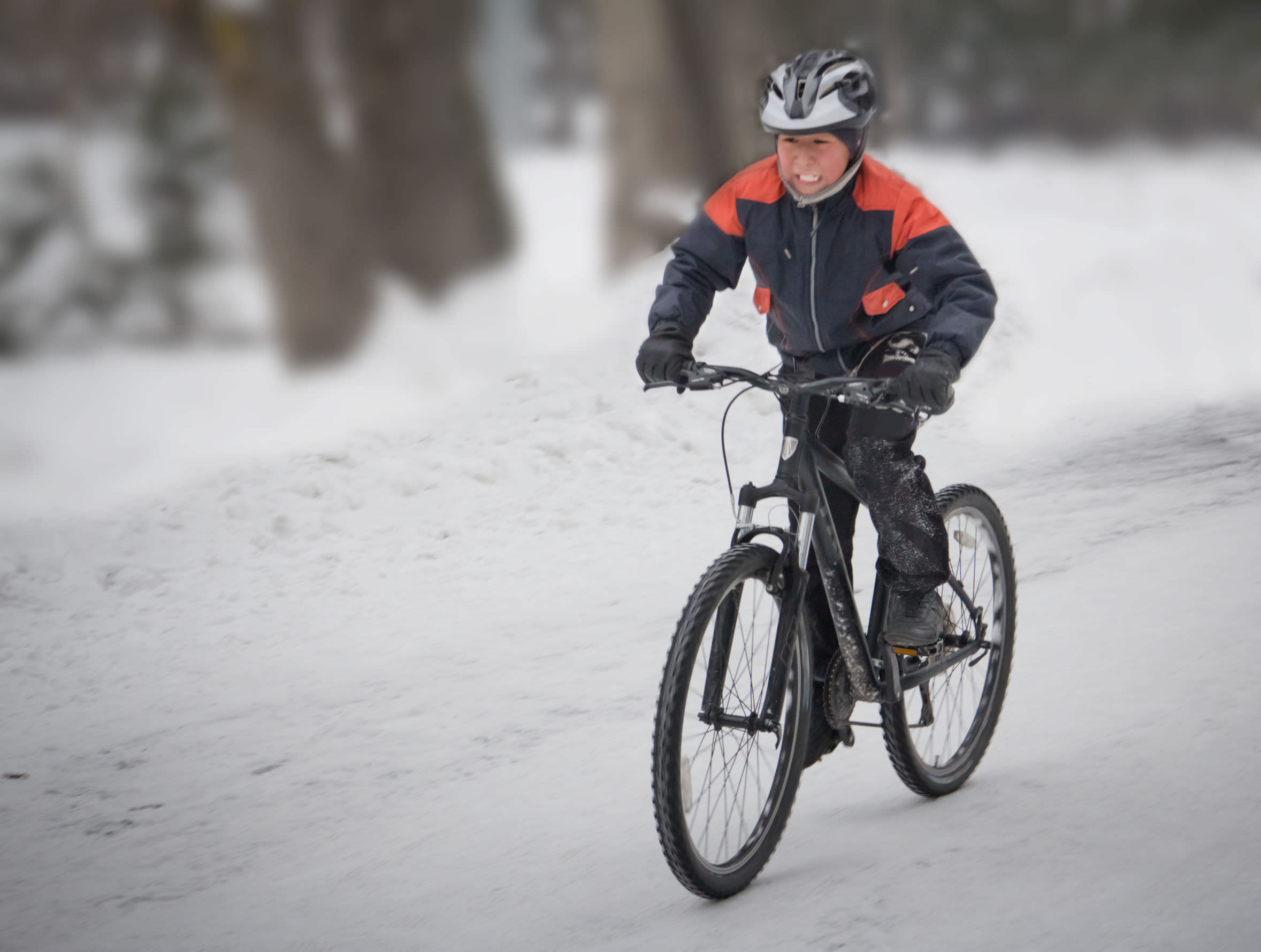
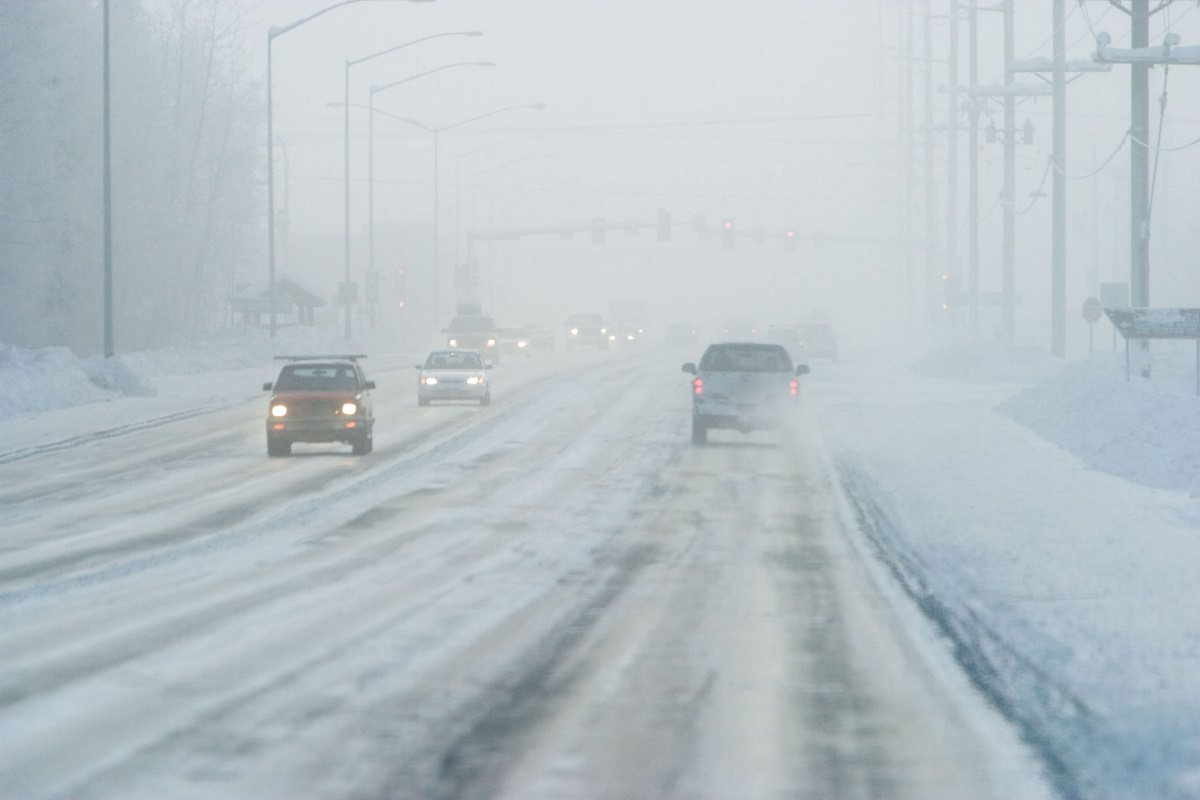
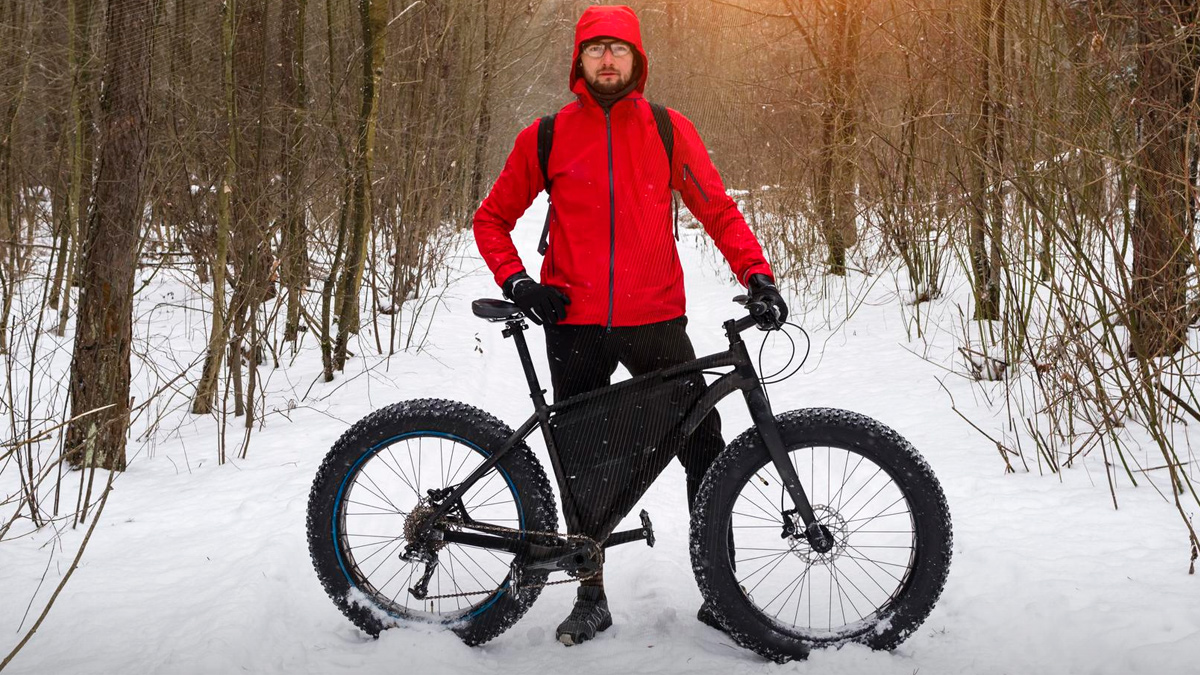

4 thoughts on “How To Do Winter Road Bike Training With Rollers”
Love your site, I wanted to start the New Year with a bang so I took my bike out for a ride. It felt great, I noticed what gear I needed to wear for future rides, it seemed to be a little tougher ride than in the summer but I felt great, slept better too.
Good to hear that you felt great riding in the winter too.
This is a refreshing article, like a blast of cool winter air in my face. So many have gone full tech indoor suffering, but I just can’t do it to myself. I do many of the things you mention like short up tempo roller sessions, neighborhood night rides, kettlebells, and cross training, like jogging. I know you don’t want people to obsess on winter clothing but I have found a couple of things to be life changing:
-a thin bala clava that can fit under a helmet. I found one at the army surplus for ~$10. One if those neoprene bandana wear-it-12-ways things works great too and is less menacing and to fellow enthusiasts.
-bar mitts bar mitts bar mitts. I can wear summer weight gloves or barehand it well below freezing. I get really cold hands in general and these allow me to stay out for hours with total comfort.
Really well thought out post. I’ve done various iterations of much of what you say, but this winter, I go to the forest on the gravel bike with those wicked, 40mm Schwalbe g-one tyres. The one update to your post might deal with gravel bikes. So far, mine has been an utter hoot. They are fantastic. And I bet they go just as well on the snow and ice!